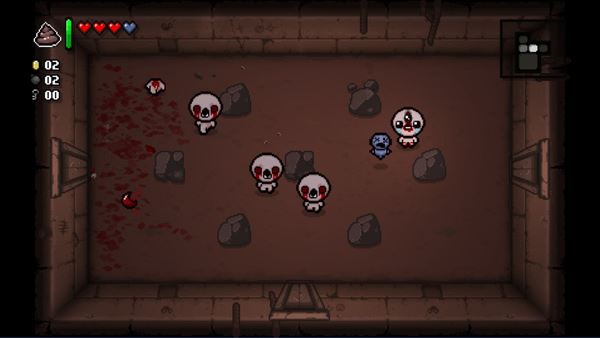

Metode interaksi antara surveyor dengan para pihak dalam survei dan pemetaan kadastral yang sering diterapkan adalah pertemuan fisik dengan interaksi sama ruang dan sama waktu. Meski pemerintah telah meluncurkan proyek pendaftaran tanah berbasis masyarakat sebagai usaha untuk mengoptimalkan penerapan prinsip-prinsip Fit for Purpose Land Administration (FFP-LA), namun ketidak-hadiran para pihak dan tingkat partisipasi yang rendah tetap saja sering ditemui. This paper portrays the benefits of integrating virtual reality technology in building education to overcome the low practicality and engagement of paper-based training.ĭari pembelajaran pelaksanaan Pendaftaran Tanah Sistematis Lengkap (PTSL) mulai tahun 2017 sampai dengan 2019, ketidakhadiran para pihak dalam proses verifikasi dan penetapan batas menjadi kendala besar untuk mewujudkan kelengkapan (completeness) pada pekerjaan pendaftaran pertama kali dan peningkatan kualitas. This study has the potentials to be extended to vocational training platforms for competency development in the construction workforce by using cutting-edge extended reality technologies. GBVR training required a longer training duration and achieved a lower performance score (effectiveness) but can be improved by transitioning into hands-on tasks. The GBVR training method has also higher user-friendliness because of the higher motivational and engagement factors through the adoption of virtual reality and game-based learning.

The results show that the developed GBVR training has higher system usability in terms of visual output and knowledge retention than paper-based training due to visualisation technologies. The feasibility of the GBVR for building the utility inspection training approach is validated on a sample of undergraduate engineering students through user experience (survey) and performance-based comparisons against traditional paper-based training method.

This paper aims to address the problems by proposing a game-based virtual reality (GBVR) for building utility inspection training. Furthermore, to achieve Industrial Revolution 4.0 in line with any unforeseen pandemic, the most optimum solution is to transition from physical to technological-based building education. However, the current building education generally adopts paper-based learning approaches that lack hands-on experiences. The construction site operates under a hazardous environment that requires a high level of understanding in building systems to minimise accidents. This short report overviews several currently available game engines that are suitable for prototyping virtual environments. Additionally, a number of computer game developers provide tools, documentation and source code, either with the game itself or separately available, so that end-users can create new content. Computer games are robust and extensively tested, both for usability and performance, work on off-the-shelf systems and can be easily disseminated, for example via online communities. Using computer games as the basis for virtual environment development has a number of advantages. The current generation of computer games present realistic virtual worlds featuring user friendly interaction and the simulation of real world phenomena. One alternative is the reuse of computer game technology. Although virtual environment development toolkits are available, many only provide a subset of the tools needed to build complete virtual worlds. Building realistic virtual environments is a complex, expensive and time consuming process.


 0 kommentar(er)
0 kommentar(er)
